Sometimes it is challenging to be totally objective. Reviews aren’t just about technical charts and specifications, but also about feelings, perception and the various influences around you. This past weekend I got the chance to test the new XF 56mm f/1.2 by Fuji. It is a standard portrait lens (85mm equivalent) so a proper portrait session was unavoidable. However, this time, instead of looking elsewhere I decided to take some beautiful portraits of my better half. I often take photos of her in various conditions and with various lenses for the sake of the website, including some less-flattering lenses. (Think the Fuji 10-24mm!) This time, I had the chance to make things right. It was hard to not love the results in the end!
Personal sentiments aside, I’ll admit that I found it hard to write something negative about this lens. It feels nice, it is solid, it renders the way a great portrait lens is supposed to.
Two days are probably not enough to come to a definitive conclusion, so let me speak from the heart for once. Damn, this lens is gorgeous!
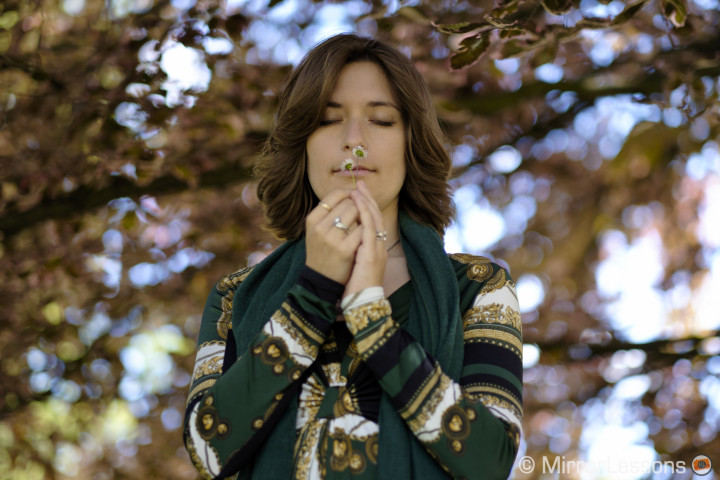
Note: all the pictures were processed in Lightroom 5.4 using the Fuji Camera profiles or the Rebecca Lily Pro Set II. Click on the image previews to open a larger version.
Out of the box
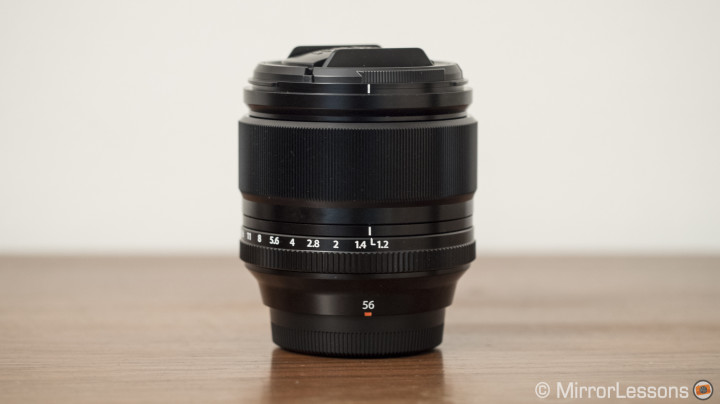
The lens has the same premium build as many of the other Fujinon XF primes. It has a metal chassis and feels very solid. The focus ring is large and nice to operate but its range is a little bit too long for manual focus. It is fine for small adjustments but is less comfortable if you prefer to work with manual focus alone (if you have a good reason to skip on the AF).
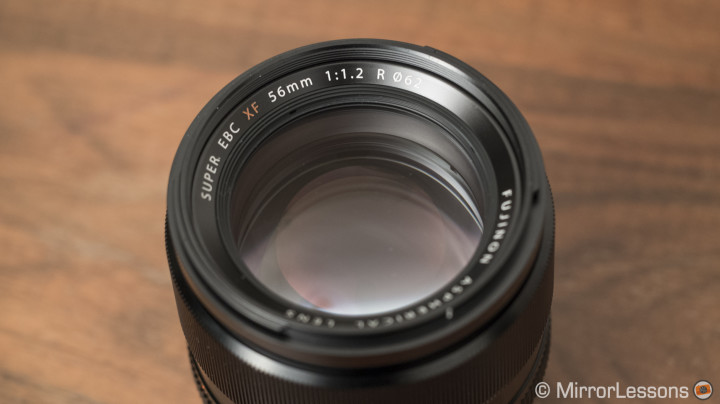
The aperture ring is also there and like many other Fuji primes, it is a tad too smooth. On occasion you may find that your aperture value has changed inadvertently.
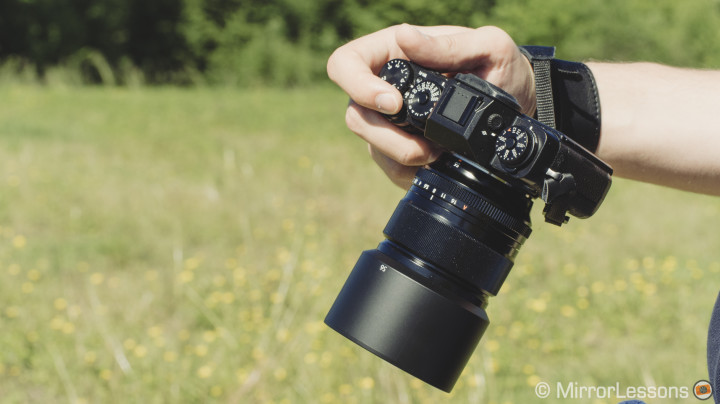
The lens is larger than the other primes due to its fast aperture and with the hood attached it doesn’t go unnoticed. But it isn’t all that heavy, and paired with the X-T1, it actually becomes a very comfortable combo to handle.
A true premium portrait lens

Usually, you purchase a fast aperture lens to take advantage of that 1.4 or 1.2 aperture number, so I spent the first day shooting almost always at f/1.2. Put simply, the performance of this lens is among the best I’ve seen. It is sharp, and both vignetting and chromatic aberration are non-existent. The camera’s image processor probably plays its role in the game but I care about the final result, which is in this case absolutely fantastic.

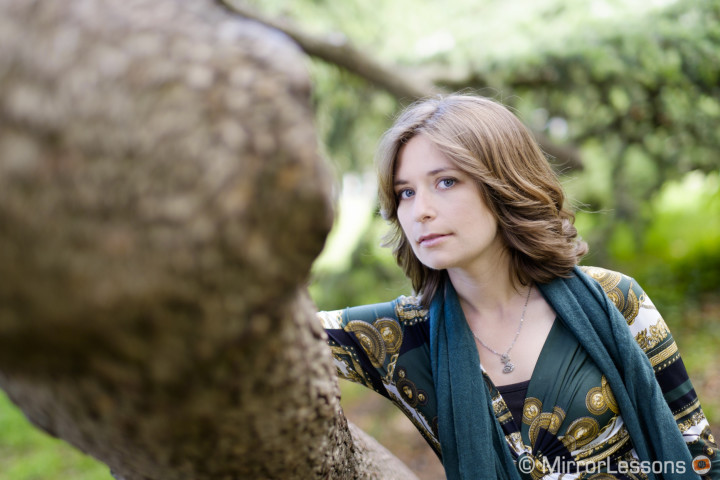

This is the main aspect I was interested in. Seeing how great the results are at f/1.2 makes this lens worth every penny.
You can always count on this lens without any hesitation when you want the shallowest depth of field. The only thing you have to pay attention to is achieving the perfect focus. With any lens that is fast, the limit between in-focus and out-of-focus is so fine that you can easily end up with pictures that you thought were in focus but actually aren’t. As such, always check the focus on the camera LCD screen before finishing a shoot. Keep in mind that it isn’t the fault of the lens itself but the nature of an aperture that wide.
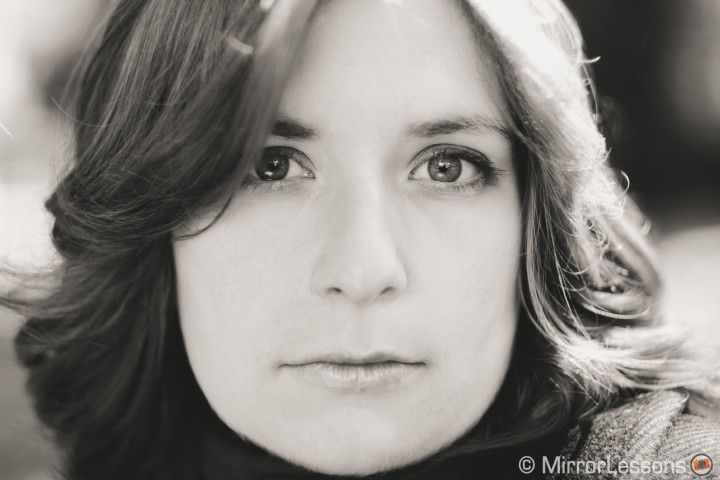
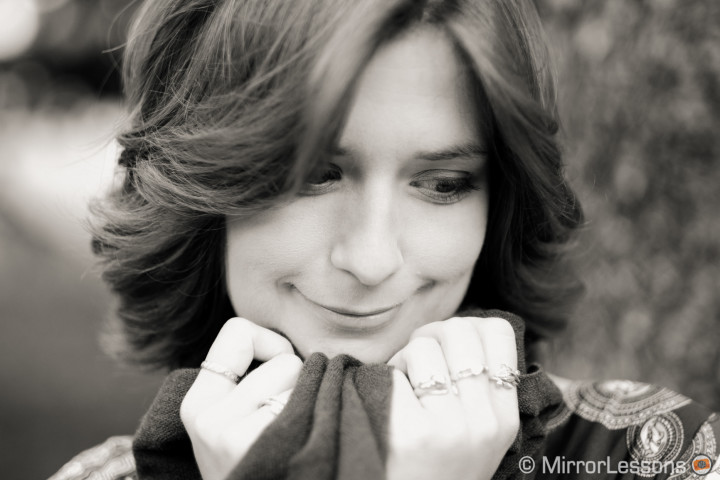
Another aspect that can attract many potential users is of course the bokeh, which can be very important for portraits. And here again, the lens is first class. The bokeh alone proves how well it has been designed. It might not be as good as some super fast full-frame lenses but honestly, I don’t care, because this kind of result is more than enough if you know how to take full advantage of it. And let’s not forget that the quality of the bokeh is very much dependant on whether you find the right background and if you position your subject at the right distance.
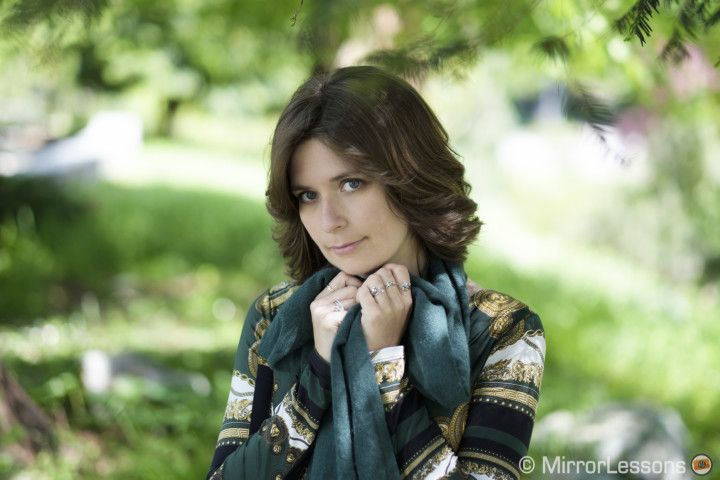
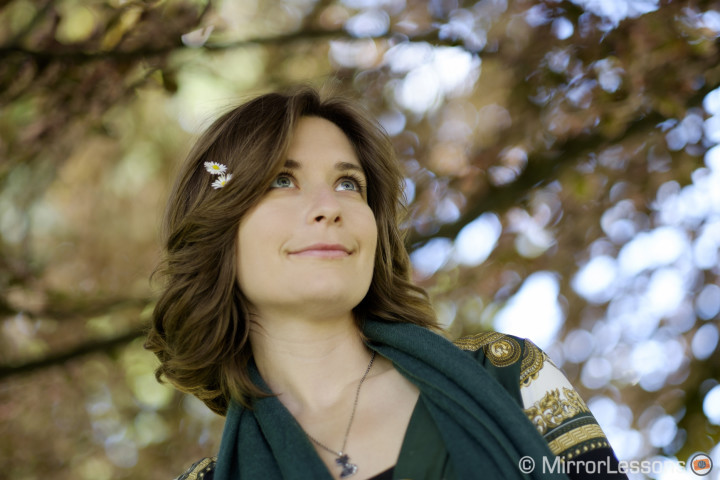
Of course the lens also gives great results also when stopped down. The best bokeh performance is up to f/2, but there are other reasons to use a slower aperture. Even at f/2.8 or f/4 the look of the images is very interesting.

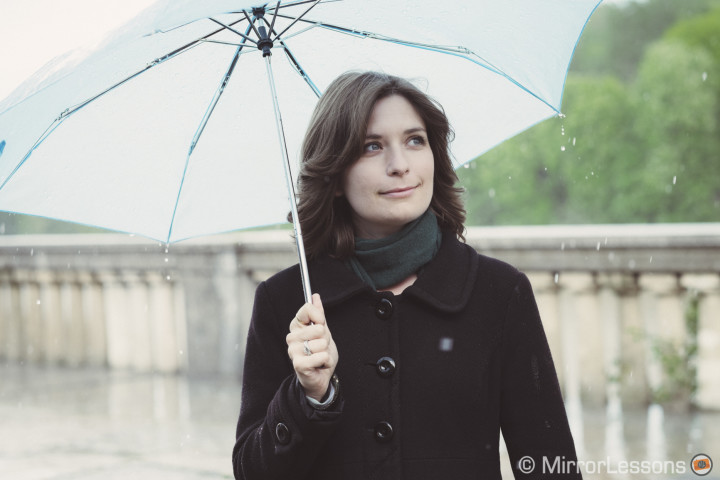
The XF 56mm is a true portrait lens.
It gives you very sharp results while retaining a certain softness that is characteristic of good lenses of this kind, with attractive and less intrusive skin tone rendering and delicate tonal transition.

Another quality of a good fast aperture lens is its ability to isolate a subject that is far away with the same kind of pleasant look you get when the subject is close.
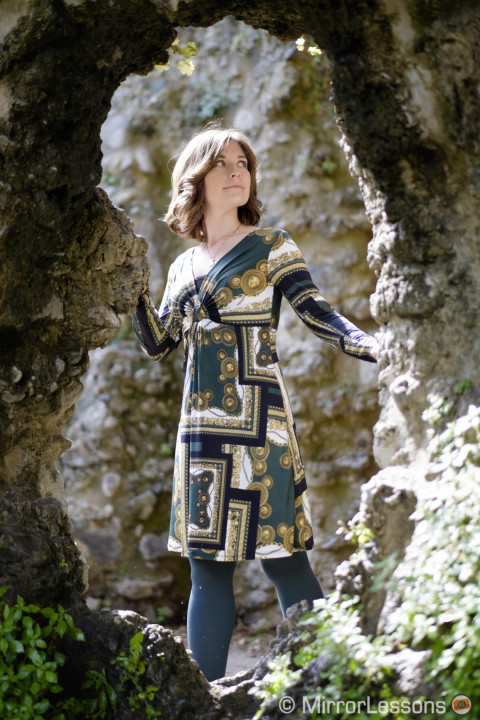
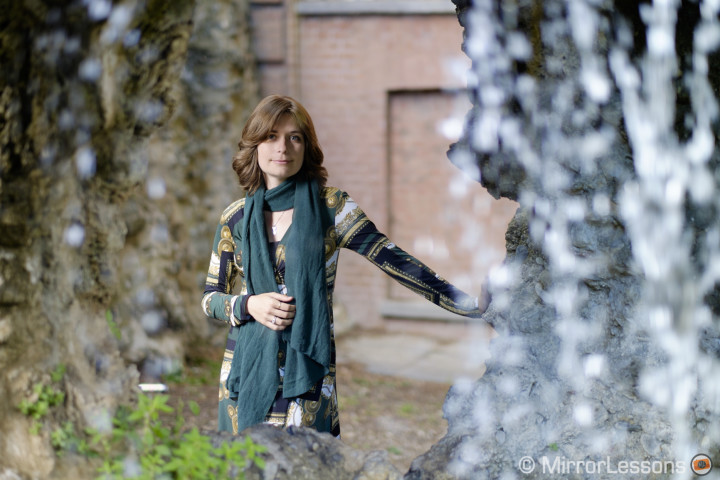

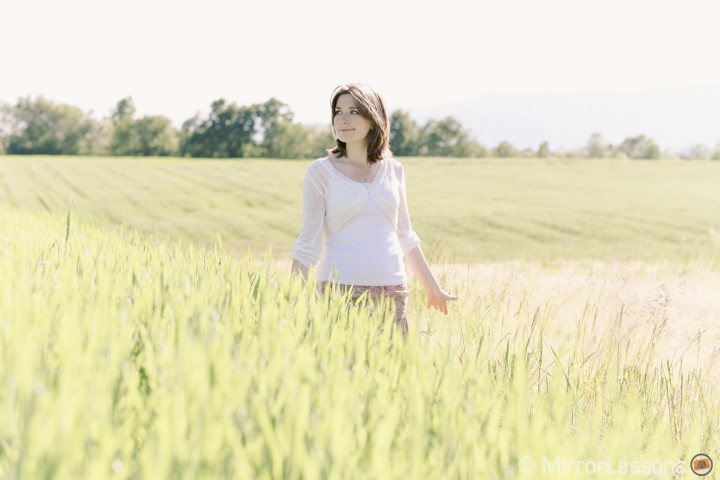
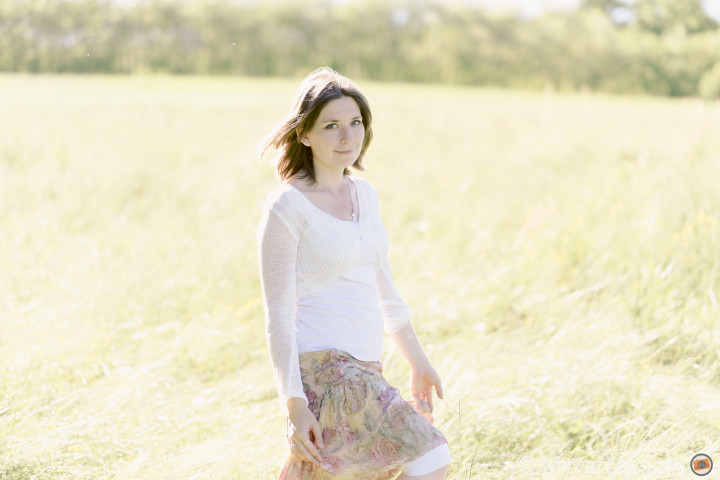
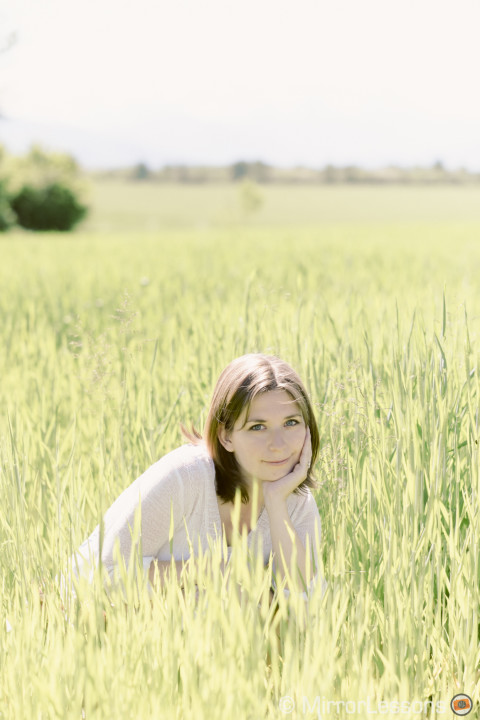
Performance and other uses
Of course the use of this lens doesn’t have to be limited to portraits alone. This kind of focal length can also be practical for other kinds of shots like landscapes for example.
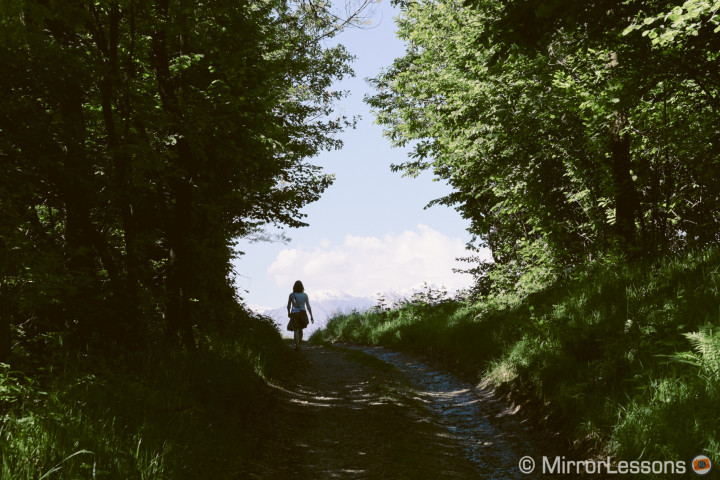
Of course I wouldn’t suggest buying it just for alternative uses. It is primarily a portrait lens and if you are a Fuji X shooter who likes this genre of photography, this lens needs to be in your bag. However, it is nice to know that it performs well for other genres, and can actually be quite versatile.
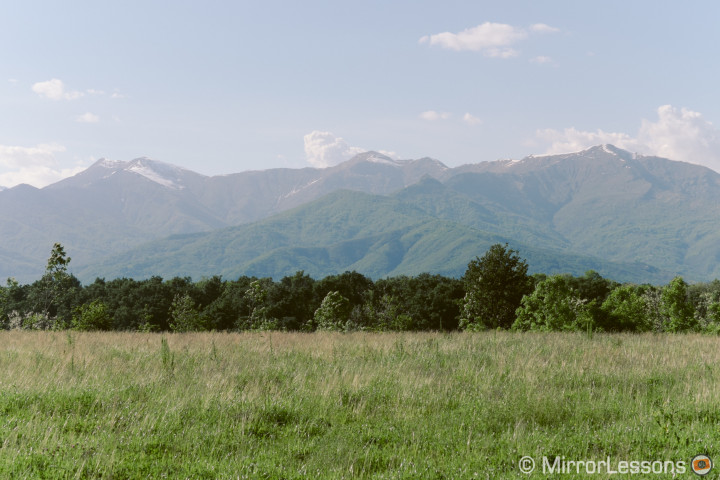
Autofocus is fast, I’d say at the same level of the latest Fuji lenses. Fujifilm has made a great effort to improve the autofocus of both its cameras and lenses and the results are really noticeable if you recall what was the X-Pro1 was like at the beginning. I even tried some continuous shooting in AF-C mode and while there were some misses, especially at f/1.2, it passed the test, especially when tracking a subject walking towards me.
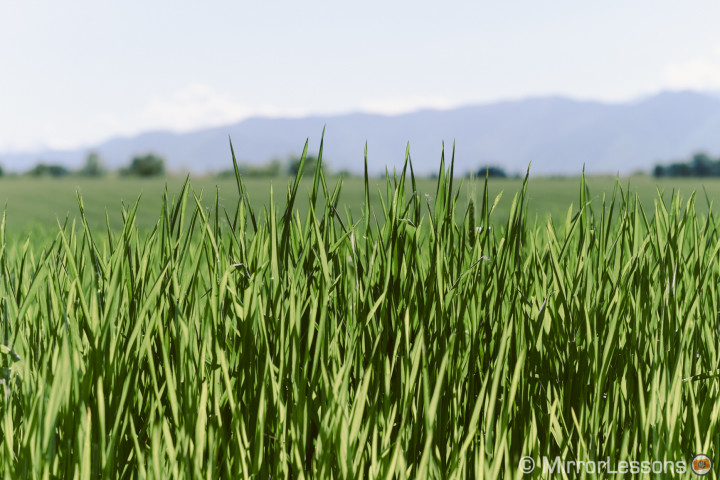
I didn’t test it in a more action-based situation but you can’t do everything in two days. Besides, this isn’t a sports or action lens anyway. Its performance is fast for the genre of photography is was built for.
A must-have lens for X photographers

Both logic and sentiment tell me that the XF 56mm f/1.2 is probably the best lens Fujifilm has ever released for the X system. The main reason for this is that it gives its best result at f/1.2, which is the primary reason you’d be interested in owning it.
The truth is that there isn’t any compromise. You want to shoot at f/1.2? You got it – all with a very sharp result, no artefacts and excellent bokeh rendering.
A portrait photographer really couldn’t ask for anything more.
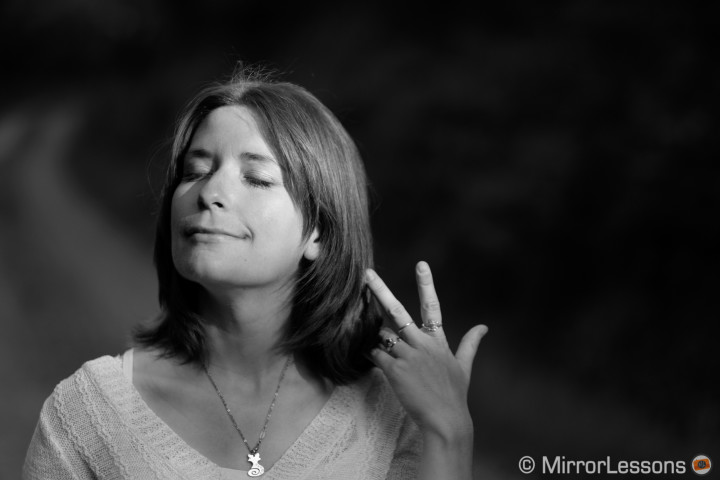
Enjoyed this article? If so, you may also like:
The First Wedding Shot with the Fujifilm X-T1 – A Guest Post by Max de Martino
Three days walking through the Cinque Terre with the Fuji X-T1 & XF 10-24mm f/4
The Fujinon XF 23mm f/1.4: Hands-on and Comparison with X100s
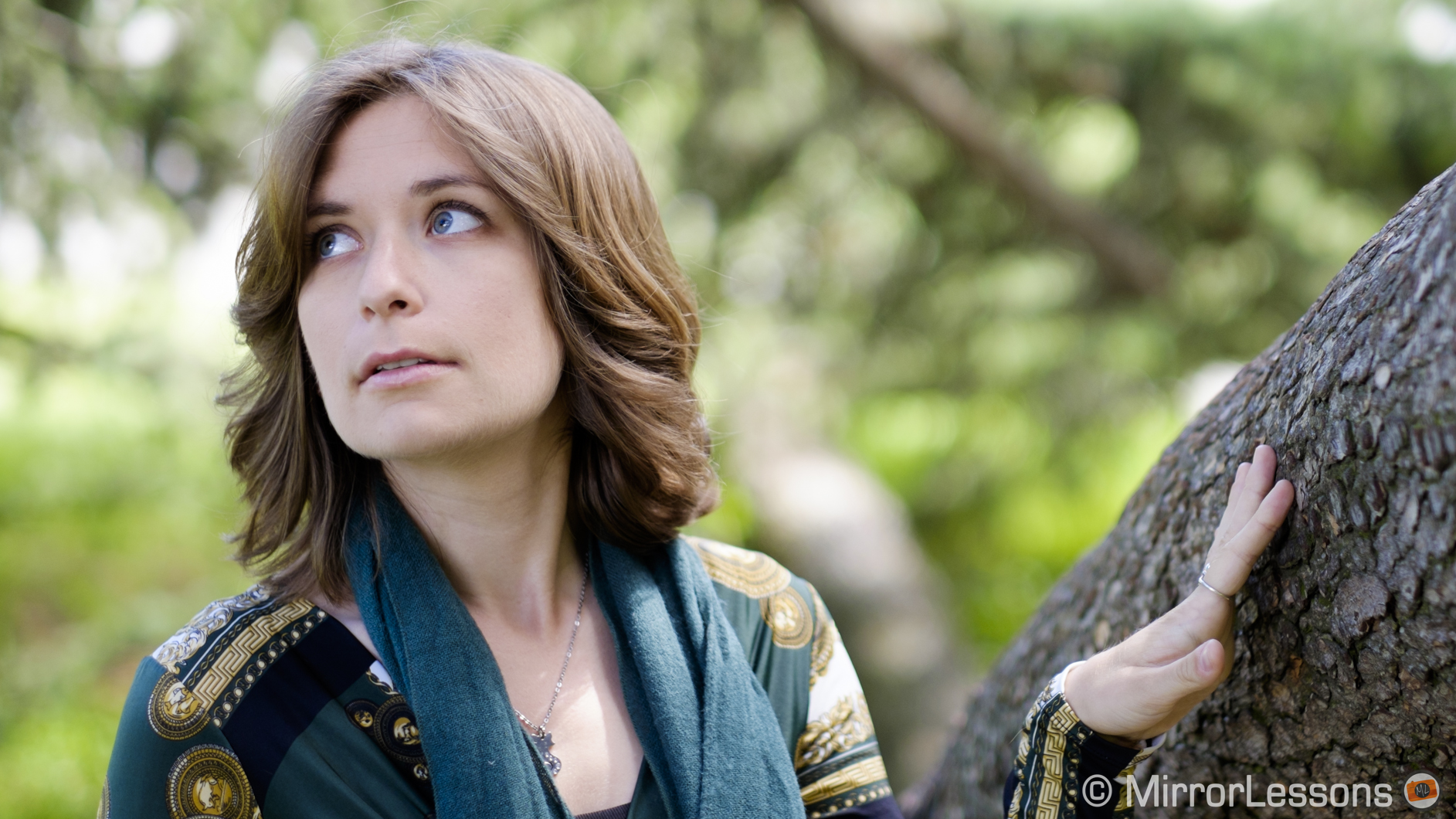
The 2nd picture shot of your wife in front of the cave entrance(or trees?) has amazing pop! It’s very 3-D.
Wait for your review of Noctiron.
If only it would stay that way! 🙂
Lucky guy!
I haven’t tried VSCO presets yet. I will eventually as lots of people are talking about those.
Hopefully I’ll have a Nocticron lens to review next week 🙂
Beautiful lens an pictures! What about a comparison with Nocticron (or even Nokton) for MFT users?
Amazing images, beautiful in every way. Also love the edits using the RL presets. Have you had a chance to use any other LR presets, like VSCO for example, if so how do you find the RL ones compare, with the Fuji raw files. Thank you for a great review 🙂
I used this lens and XT1 for one evening. However, I felt the focus was still too slow and it felt at times that the lens/camera were busy thinking where to focus. The combination still felt short of Sony RX1R (admittedly full-frame) in quality and EM10, Nocticron in terms of speed.
Let me know if your wife is convinced 😉
Thanks Bill, I will tell her 😉
In general all the last generation lenses tend to give more contrast to the images. I agree that some old MF lenses give a very nice look. I own a Nikkor 85mm that is marvelous. But eventually one doesn’t have to exclude the other 😉
I have bought this lens a couple of weeks ago. I expected a lot and got even more, it is one of the best or even the best lens I have ever used. Similar as my other lenses by Fujifilm (14/2.8 and 23/1.4) it is incredibly sharp with great colors and contrast. Only at one moment, when I tested it together with old MF lenses, I felt some kind of nostalgy (or what), when I compared them – 56/1.2 is (of course) much better then all of them, but its perfection and high contrast looked maybe even too much perfect against the slight softness and lower contrast of its old “competitors”. But I am very happy that I own one… 🙂
Love your hair to the max. Great curves.
I agree with Andy! Lovely images of a beautiful woman made with a lens perfect for the assignment, I’ve enjoyed your observations and agree on this lens! I’m madly in love with my bride of 45 years, and I wish you guys the same! Matthieu, please allow me to tell Heather she is looking wonderful!
OK Mathieu, you’ve got a great camera and a great lens. However, Heather, and the care that you took to capture those images, would have looked just as beautiful immaterial of the gear that you used. The specific gear and processing just added icing to the cake. I’m going to use your images to convince my wife that this is how personal photography is accomplished between two people who love each other.
Andy
Thanks George. Share some images with us when you get the new lens 😉
Thanks Erin! 😉
Hi Mathieu… a wonderfull set of images.. truly inspiring.. thank you indeed!.. Azmi.
Mathieu, your portraits of your one true love and your eloquent article have persuaded me. This is my next lens. You made your case with great style 🙂
Thanks Erin! I can’t really decide which series I like best, although I too have a penchant for the fields. 🙂
I don’t see any reason why it shouldn’t 😉 the AF might be slower but I haven’t tried it personally.
Stunning, stunning work Mathieu and Heather. Love the colours in so many of the shots, and the rich blue/green dress is just a beautiful aesthetic choice to showcase this lens. Heather, you look amazing! (I also love the green pasture shots, but that’s my own heart speaking there *laughing*) Beautiful work guys 🙂 Erin!
Great images! Do you think it would work equally well on an X-Pro 1?
Hi Mathieu,
Very beautiful better half, made possible by a nice lens. Get your priorities straight. 😉
Beautiful portraits!!
Thanks Thomas, they are indeed 😉
Hey, super review and beautiful images. These Fuji cameras and lenses are absolute serious tools!
Hi Mathieu,
thanks for the wonderful faiths.
This is exactly what I am most interested in the lenses. They can arouse emotions? A 56/1.2 can do it beautifully.
The photos are gorgeous and clothes and hair your girlfriend brilliantly understated impression. Sweet 70’s.
Martin